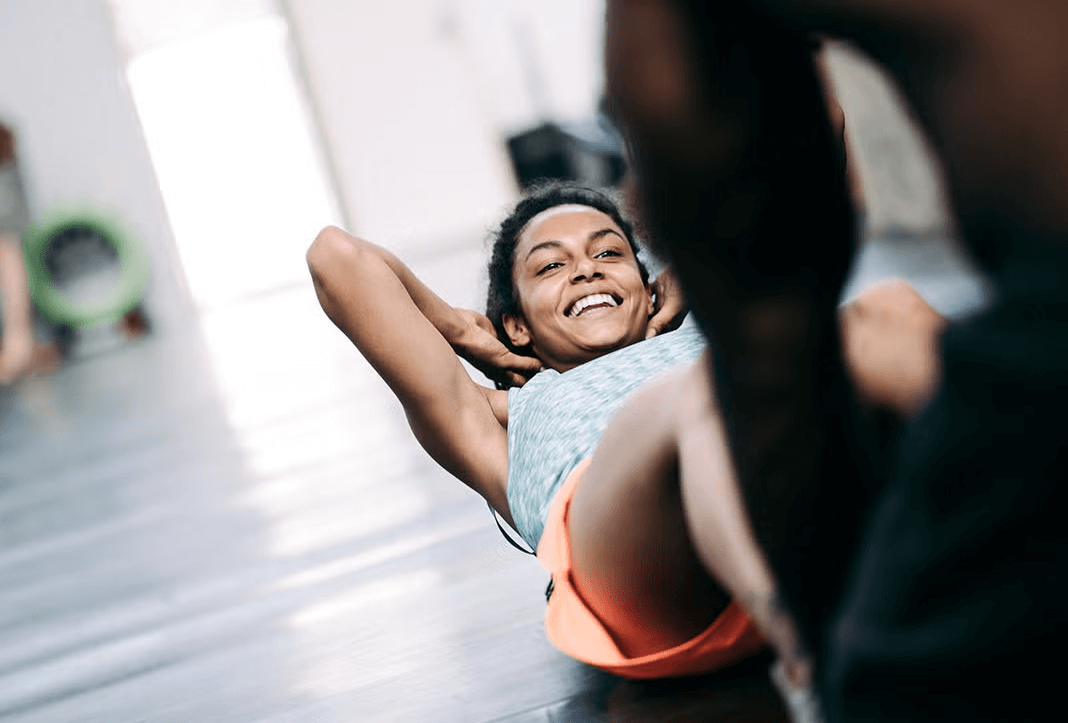- Thriving Guide
- Posts
- Stronger Core Moves for Women That Go Beyond Crunches
Stronger Core Moves for Women That Go Beyond Crunches
Experts reveal the most effective core moves for strength, stability, and lifelong health.

Walk into any gym, and you’ll likely spot someone doing crunches or planks to build core strength. But while these classic moves have their place, experts say women can benefit from a more holistic approach to core training. The core made up of the abs, obliques, diaphragm, lower back, and pelvis does much more than create toned abs. It’s the powerhouse that stabilizes the body, supports posture, and enhances daily movement.
Why Core Exercises Matter for Women
Core strength can influence everything from balance to pelvic floor health. “For women, the pelvic floor acts like the foundation of a house it stabilizes and supports the entire structure,” explains trainer Jenna Willis. Strong core muscles also protect the lower back and help maintain proper alignment, which is especially important during pregnancy, postpartum recovery, or hormonal changes like perimenopause and menopause.
Physical therapist Sarah Tyndall, PT, OCS, highlights the role of hormones like relaxin, which can increase joint mobility in the pelvis and lower back during certain life stages. “Core training helps counterbalance this added instability,” she notes.
Core Training Beyond Crunches
Not all core exercises deliver the same benefits. A balanced core routine should include a variety of movements designed for stability, rotation, and functional strength.
1. Start With Breathwork
Deep breathing exercises help activate the obliques and lower abdominals.
Try this:
Sit comfortably with hands on your lower ribs.
Inhale, expanding your ribcage in all directions.
Exhale, engaging the abdominals and gently pulling the ribcage down.
2. Isometric Holds for Beginners
Moves like planks or yoga’s boat pose are excellent for building endurance. Start with 10- to 20-second holds, progressing up to a minute. For a challenge, place your shins on a stability ball and try slow tuck crunches.
3. Anti-Rotational Strength for Daily Life
Exercises such as the Pallof press, single-arm carries, or the dead bug build resistance against unwanted twisting, a key skill for carrying groceries or lifting kids. Start with tabletop dead bugs, extending opposite limbs slowly while keeping your core engaged.
4. Rotational Moves for Athletes
Activities like running and tennis involve natural torso rotation. Controlled rotational exercises, like a slow Pilates bicycle, improve range of motion and core control. Focus on rotating the ribcage rather than pulling through the neck.
5. Pelvic Floor Training
Pelvic tilts and side planks help strengthen the often-overlooked pelvic floor. These exercises improve posture, bladder control, and stability. For pregnancy or postpartum recovery, low-impact isometrics and anti-rotational movements are safest.
6. Lifting Heavy for Midlife Strength
Weight-bearing exercises like loaded squats and deadlifts automatically recruit the core. Strength training during perimenopause and menopause is essential for maintaining muscle mass and bone health, reducing the risk of osteoporosis.
7. Balance Flexion and Extension
While sit-ups and crunches can support everyday movements (like getting out of bed), they shouldn’t dominate your core workouts. Pair flexion exercises with extensions like supermans or back extensions to strengthen the posterior chain.
Building a Smarter Core Routine
Experts agree there is no one-size-fits-all core exercise. A balanced mix of isometric holds, anti-rotation, and rotational movements will target the muscles from every angle. “It’s about choosing the right intensity for your current ability and adjusting as you progress,” says Tyndall.
Key Takeaways
A strong core is about functional stability, not just flat abs.
Include breathwork, anti-rotational, and rotational exercises for complete core training.
Strength training, pelvic floor engagement, and posture-focused moves support women’s health throughout all life stages.
Share this article or subscribe to our newsletter for more fitness insights.